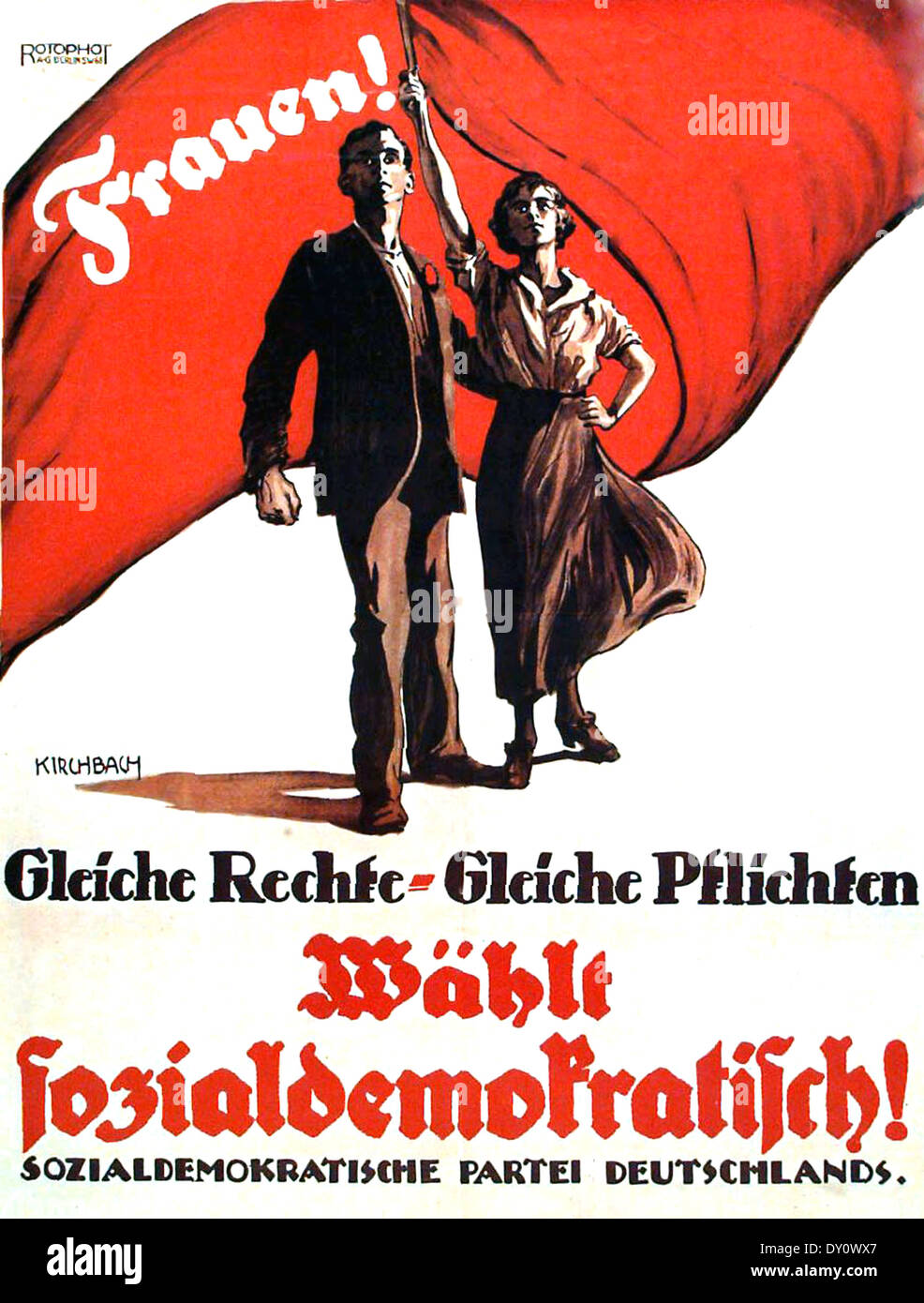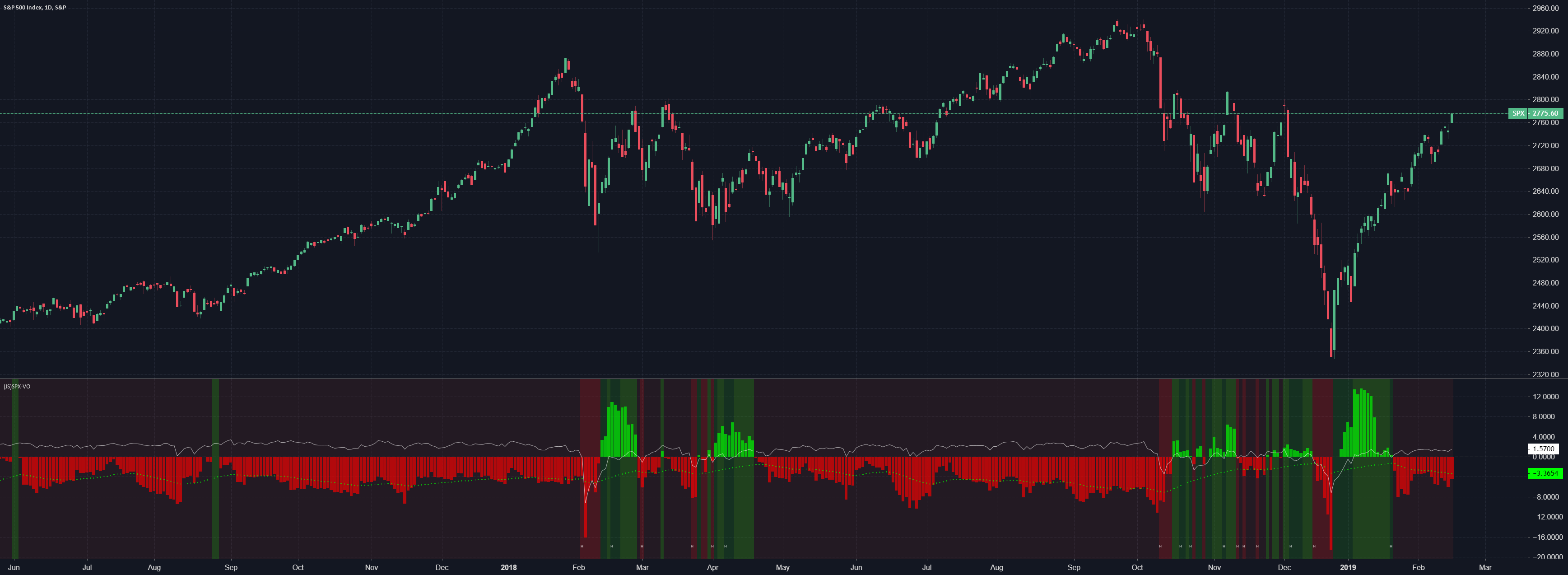From Leading Party To Supporting Role: The SPD's Transformation In German Politics

Table of Contents
The Post-War Hegemony and its Erosion
The SPD's post-war dominance was a defining feature of West German politics. Emerging from the ashes of World War II, the party played a crucial role in rebuilding the nation and establishing its social welfare system. This period saw the implementation of numerous landmark policies that shaped German society for decades.
- Key policies and social programs: The SPD championed social security reforms, expanding healthcare access, and investing heavily in education and infrastructure. These policies significantly improved the lives of ordinary Germans and cemented the party's image as a champion of the working class.
- Significant electoral victories: The SPD's electoral successes during this period, particularly under Willy Brandt and Helmut Schmidt, solidified its position as a major political force. Their Chancellorships were marked by significant policy achievements and international recognition.
- The rise of challenges: However, the emergence of strong opposition parties like the CDU/CSU, coupled with internal divisions and evolving societal values, started to erode the SPD's dominance. The rise of the Green Party, particularly, began to challenge the SPD's traditional appeal to environmentalists and younger voters.
The gradual erosion of the SPD's hegemony was a complex process influenced by several factors, including economic downturns, shifting voter preferences, and the emergence of new political challenges. Failures to adapt to changing economic realities and a perceived lack of decisive leadership also contributed to the party's decline.
The Rise of the CDU/CSU and the "Grand Coalition" Era
The CDU/CSU's increasing electoral success, particularly under Angela Merkel's leadership, significantly impacted the SPD's standing. Merkel's long tenure as Chancellor, marked by a pragmatic approach to governance, allowed the CDU/CSU to consolidate its position and overshadow the SPD.
- Angela Merkel's impact: Merkel's popularity and perceived competence presented a major challenge to the SPD, often stealing the spotlight and leaving the SPD struggling to articulate a clear and distinct political vision.
- The dynamics of "Grand Coalition" governments: The formation of several "Grand Coalition" governments, involving both the CDU/CSU and SPD, resulted in policy compromises that often diluted the SPD's distinct identity and frustrated its core voter base. These compromises often led to accusations of the SPD being too willing to compromise its core principles.
- Policy compromises and their consequences: The necessity of compromise in coalition governments often meant that the SPD's more progressive policies were watered down or abandoned altogether, leading to a sense of disillusionment among supporters. This eroded their trust in the party's ability to deliver on its promises.
Leadership Challenges and Internal Divisions within the SPD
The SPD's journey has also been marked by leadership changes and internal struggles that hampered its ability to present a united front and effectively compete against rivals. Frequent leadership transitions, alongside internal ideological divisions, contributed to the party’s instability.
- Key leadership figures: While figures like Willy Brandt and Helmut Schmidt enjoyed considerable success, subsequent leaders faced challenges in maintaining party unity and securing electoral victories. The constant shifting of leadership impacted the party's consistency and ability to communicate a clear message to voters.
- Internal party struggles and factions: Internal factions and disagreements over policy direction further weakened the party's standing, creating internal conflict and undermining public trust.
- Generational change and adaptation: The SPD struggled to adapt to evolving political landscapes and the rise of new political issues. This generational challenge manifested in internal tensions regarding strategy and policy, further hindering the party’s ability to effectively connect with voters.
The Impact of Shifting Voter Demographics and Ideological Competition
The changing demographic landscape of Germany has also significantly impacted the SPD's electoral base. The rise of new political movements and the changing economic situation posed new challenges for a party traditionally associated with working-class voters.
- Rise of right-wing populism: The increasing success of right-wing populist parties has eroded the SPD's support among its traditional working-class base, attracting voters with anti-immigration and Eurosceptic sentiments.
- Competition from the Green Party: The Green Party’s rise significantly impacted the SPD, attracting voters concerned about environmental issues and social justice. This competition forced the SPD to rethink its platform and target audiences.
- Changing economic landscape: The changing nature of work and the rise of the gig economy diminished the influence of traditional trade unions, a vital component of the SPD’s support base. This shift required the SPD to adapt its economic policies to a more dynamic and complex environment.
The SPD's Current Role and Future Prospects
Currently, the SPD is a key player in the German government, but its role is significantly different from its period of dominance. The party faces considerable challenges in regaining its former position.
- Role in the current coalition government: The SPD’s position within the current coalition necessitates compromise, again presenting a challenge to maintaining a clear and distinct political profile.
- Current policies and voter reception: The SPD's current policies, although intended to address pressing social and economic issues, haven't always resonated with a broader electorate.
- Future strategies: The SPD needs to develop innovative strategies to reconnect with its traditional base and attract new voters. This might involve revisiting its core values, adapting its policies to address contemporary challenges, and improving its communication and outreach.
Conclusion
The SPD's transformation from a leading party to a supporting role in German politics is a complex story shaped by a multitude of factors. From the erosion of its post-war hegemony to the rise of strong competitors and internal divisions, the party's journey reflects the evolving dynamics of German society and the challenges of maintaining relevance in a rapidly changing political landscape. Understanding this evolution is crucial to comprehending contemporary German politics. Continue exploring the complexities of the SPD transformation in German politics; learn more about the challenges facing the SPD and delve deeper into the evolution of the SPD's role in German politics.

Featured Posts
-
 Daily Horoscope For April 17 2025 Your Zodiac Signs Predictions
May 01, 2025
Daily Horoscope For April 17 2025 Your Zodiac Signs Predictions
May 01, 2025 -
 Navigating S And P 500 Volatility A Guide To Downside Protection
May 01, 2025
Navigating S And P 500 Volatility A Guide To Downside Protection
May 01, 2025 -
 Is Eurovision 2024 Silencing Lgbtq Representation
May 01, 2025
Is Eurovision 2024 Silencing Lgbtq Representation
May 01, 2025 -
 The Nutritional Value Of Asparagus And Its Impact On Your Well Being
May 01, 2025
The Nutritional Value Of Asparagus And Its Impact On Your Well Being
May 01, 2025 -
 Offre Exceptionnelle Chocolat Pour Le Premier Bebe Ne En Normandie
May 01, 2025
Offre Exceptionnelle Chocolat Pour Le Premier Bebe Ne En Normandie
May 01, 2025
